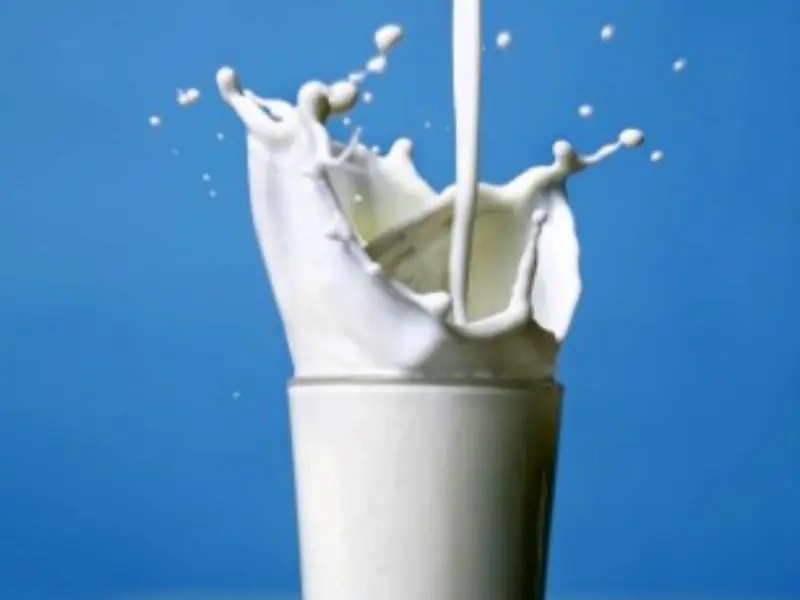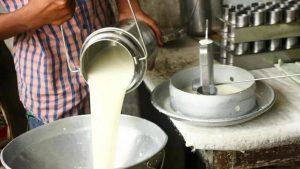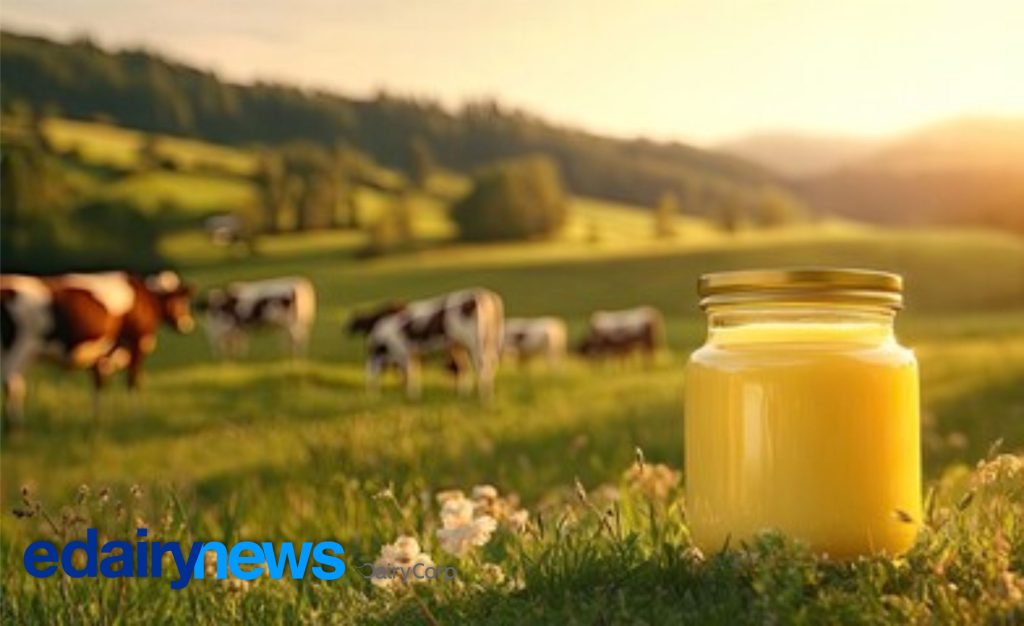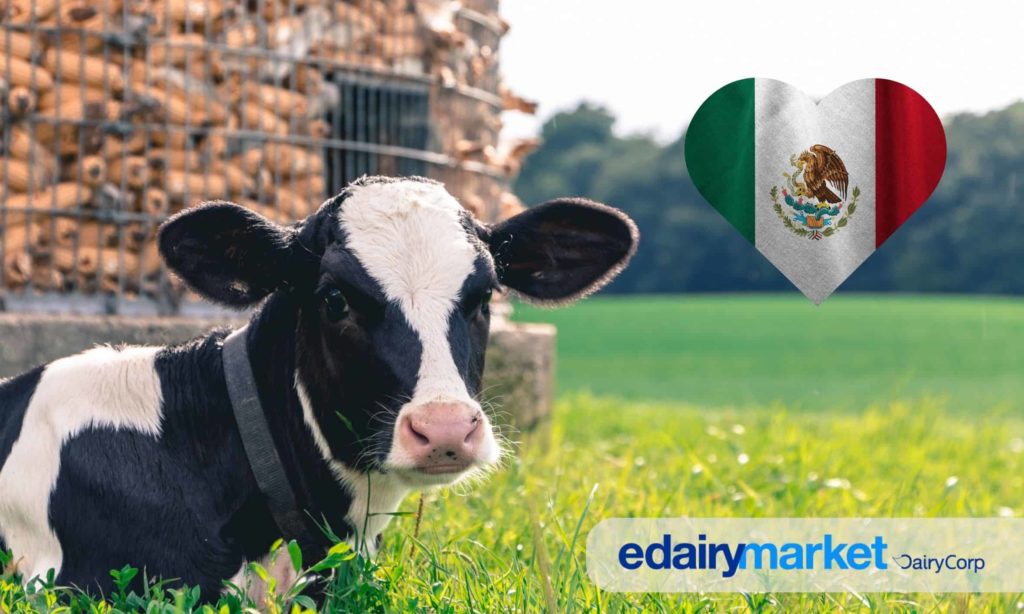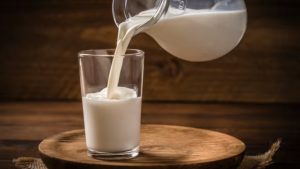
Analysis confirms India’s position as the world’s largest milk producer, fueled by rapid growth and robust cooperative networks.
India has firmly cemented its status as the world’s leading milk producer, now contributing an impressive 25% of the total global milk output. This supremacy, maintained since 1998, is a critical feature of the international dairy sector, making India a powerhouse well ahead of other major producing nations like the United States, Pakistan, China, and Brazil. This scale underscores the massive economic and social importance of dairying within the country, where the sector is central to both rural livelihoods and national food security.
The sector’s growth trajectory has been exceptionally dynamic over the past decade. Between 2014-15 and 2023-24, India’s milk production surged by 63.56%, rising from 146.30 million tonnes to a remarkable 239.30 million tonnes. This achievement represents a consistent annual growth rate of 5.7%, a figure that significantly outpaces the global average. This substantial increase highlights the successful implementation of government policies and the inherent efficiency of the Indian production model.
The backbone of this production miracle is the nation’s vast bovine population and its extensive cooperative dairy network. India maintains the largest livestock population globally, providing the necessary scale for its production levels. The organized cooperative sector is expansive, encompassing over 2.35 lakh villages and counting 1.72 crore dairy farmers as members. This structure ensures widespread participation and inclusive growth, connecting millions of small and marginal farmers directly to the market.
A defining element of India’s success is the profound role of women. Nearly 70% of the workforce engaged in dairy farming comprises women, with about 35% actively participating in dairy cooperatives. Furthermore, the country operates more than 48,000 women-led cooperative societies at the village level. This level of participation drives inclusive growth and underscores the socio-economic empowerment generated by the dairy economy at the grassroots level.
Beyond production volume, India has also made significant strides in per capita availability, which has climbed by 48% in the last decade to reach over 471 grams per person per day in 2023-24. This figure is substantially higher than the global average of approximately 322 grams, ensuring improved nutritional security for its massive population. Government initiatives like the Rashtriya Gokul Mission and the National Programme for Dairy Development continue to drive breed improvement and infrastructure upgrades, sustaining this rapid progress in the Indian agribusiness.
Source: This article draws its data and analysis from a report available on fnbnews.com.
You can now read the most important #news on #eDairyNews #Whatsapp channels!!!
🇮🇳 eDairy News ÍNDIA: https://whatsapp.com/channel/0029VaPidCcGpLHImBQk6x1F
